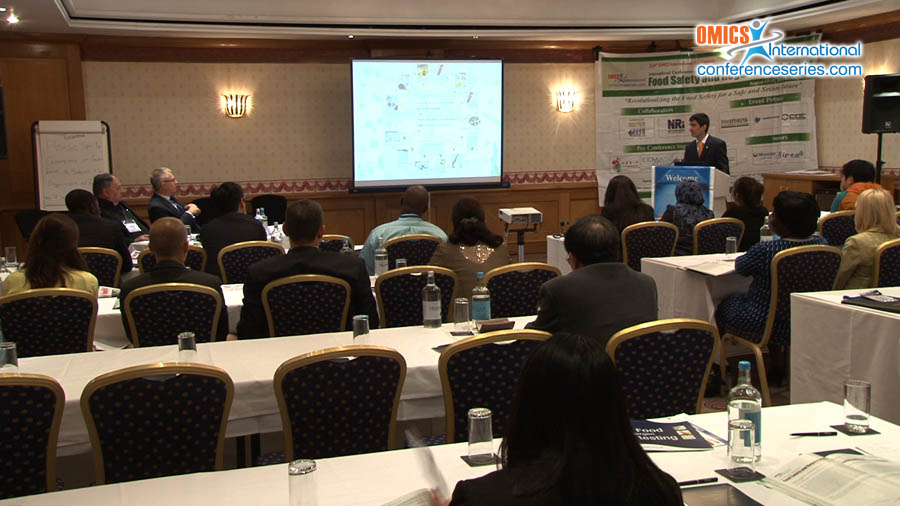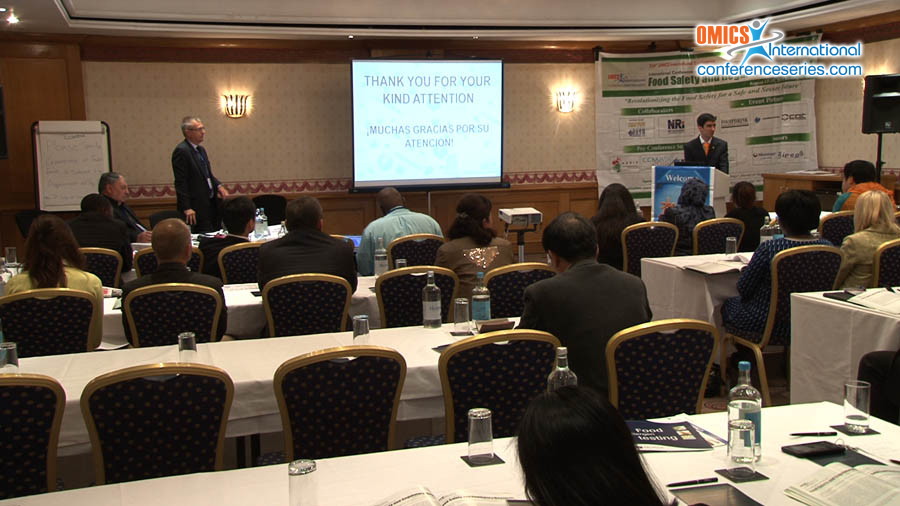
Andrés RamÃrez Restrepo
Universidad de Antioquia
Colombia
Title: Validation, accreditation, monitoring and risk assessment of pesticide residues in foods from eastern antioquia
Biography
Biography: Andrés RamÃrez Restrepo
Abstract
Nowadays Colombian legislation uses an adaptation of the Codex Alimentarius MRLs to regulate pesticide residues according to Resolution 2906 of 2007. This document states that annual revision of the MRLs is needed but this has not happened since its issuance due the lack of specific information of pesticide incidence in agricultural products. In this study 6 commodities were validated (SANCO/12571/2013 and NTC-ISO/IEC 17025) for multi-residue multi-class methods using QuEChERS sample preparation and GC-MS or UPLC-MS/MS for the analysis of regulated pesticides in goldenberries (Physalis peruviana), lettuce (Lactuca sativa), potatoes (Solanum tuberosum), sugarcane (Saccharum officinarum), tamarillos (Solanum betaceum) and tomatoes (Solanum lycopersicum). These Latin American products are representative and widely produced in Antioquia (Colombia).
Sample preparation followed the UNE-EN 15662 method: 150 mg of MgSO4, 25 mg of primary secondary amines, 25 mg of octadecylsiloxane (goldenberries, potatoes, tamarillos and tomatoes) and 2.5 mg of graphitized carbon black (tomatoes). Goldenberry, potato, and tamarillo extracts were injected using a programmed temperature-vaporizing injector. Lettuce, sugarcane and tomato extracts were analyzed by UPLC-MS/MS. The residues were validated over a range from 0.01 to 0.10 mg/kg in potato (10 pesticides) and sugarcane (5 pesticides); from 0.02 to 0.20 mg/kg in goldenberry (28 pesticides), tamarillo (33 pesticides), and tomato (24 pesticides) and from 0.025 to 0.50 mg/kg in lettuce (15 pesticides). Validation included specificity (ions/transitions ratio), linearity (residuals ≤ 20%), bias (%RSD ≤ 20%), trueness (%R 70-120%), LOQ and uncertainty assessment (≤ 50%).
An initial risk assessment was enabled by monitoring 24 samples of each commodity (except sugarcane) in the municipalities of El Peñol, Marinilla and San Vicente Ferrer. Risks were found for goldenberries, potatoes and tomatoes, but it was only significant in tomatoes. The results obtained are expected to be useful in future improvement of the Resolution 2906 to establish suitable MRLs in Colombia.
Speaker Presentations
Speaker PDFs
Speaker PPTs Click Here






